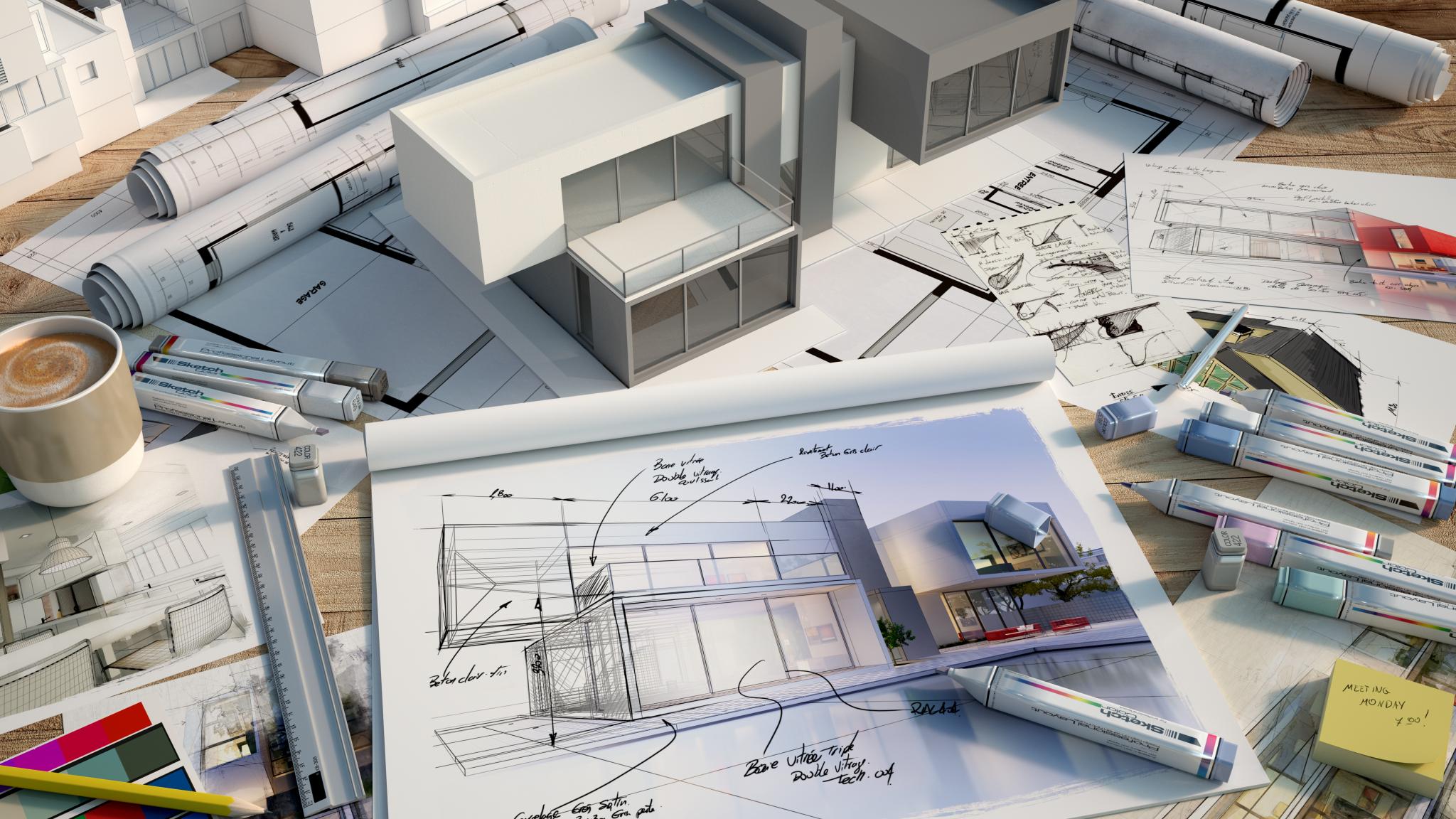Pursuing a Career in Architecture and Design

Some may be asking themselves, “what does an architect do, anyway?” Merriam-Webster defines an architect as “a person who designs buildings and advises their construction.” That is putting it simply. When I look around the office, I see architects doing tasks I would never have realized was in their preview when I decided to go into this profession.
Not only are the architects planning, designing, and modeling whole buildings, but they are also graphically directing the very details that make up the smallest portions and connections of the buildings. They endlessly communicate with internal team members, consultants, contractors, and owners to keep said details coordinated and much more.
However, when I look around the office, a majority of what I see is people who are not architects. There are administrative, technical, specifications, graphics, interiors, marketing, and financial professionals, all of whom are necessary to complete the work at hand. If you are thinking about getting involved in the design industry, you may want to investigate these professions.
An excellent first step in learning more about them would be to shadow one or many people in the design industry. Being with a designer and observing day-to-day activities is a great way to see how reality measures perception. Does it require sitting at a desk more than you thought? Do they interact with people often? Ask lots of questions. Some design occupations require more communication skills, creativity, spatial reasoning, organization, and math abilities. Observing can help you determine the best fit for you.
Another step to help you decide might include becoming aware of the field’s requirements and qualifications. Determine if the career you are considering requires a degree from an accredited school, hours of logged experience, and a series of examinations to become a professional or not. From there, you will be able to decide if you are willing to meet the requirements.
Additionally, before beginning, ask yourself questions about the entire process all the way through employment. If an accredited education is required, what universities are offering that type of education? Are they located where you would be willing to enroll? If there are internship hours required, does the university help set those up, or are you on your own? Do the cities in which you want to live have available internships? After school, does the region in which you want to live have opportunities and options for a person going into design?
The path to a career in the design industry will look different for each person, and each person will find different work tasks appealing. Taking a thorough look at the requirements and opportunities before commencing your journey can provide a smoother experience.
Author: Emily Hower



